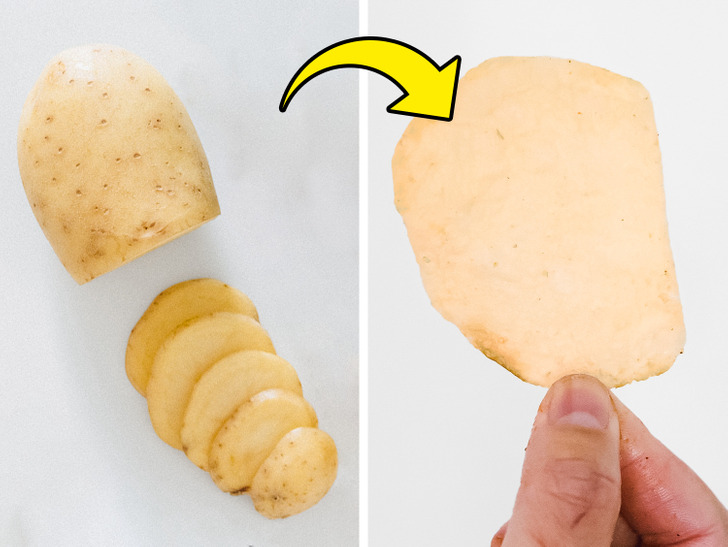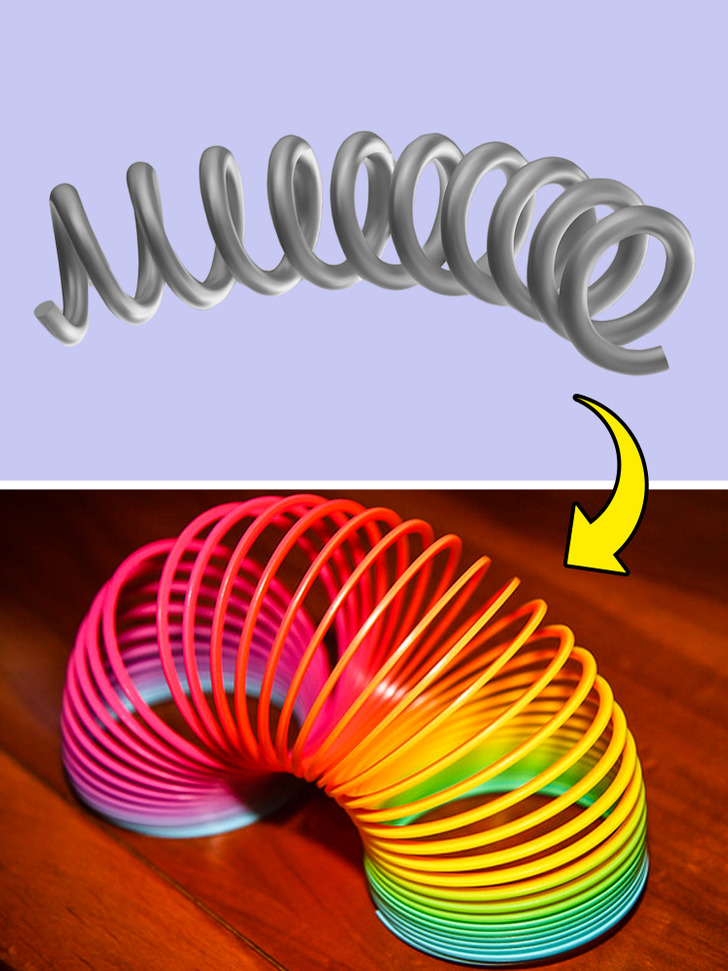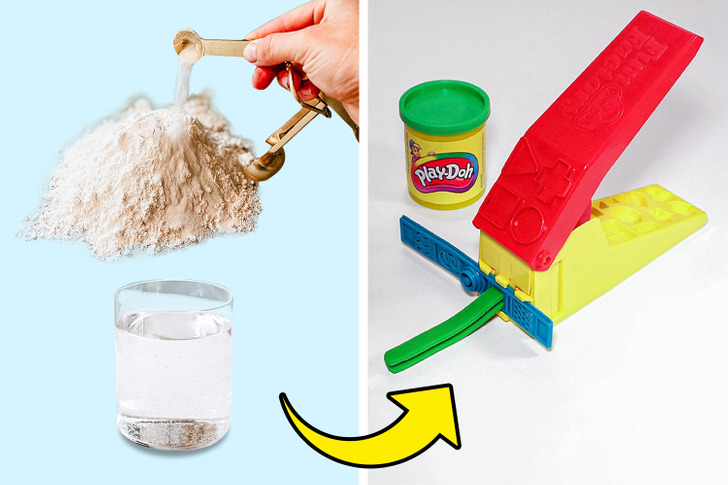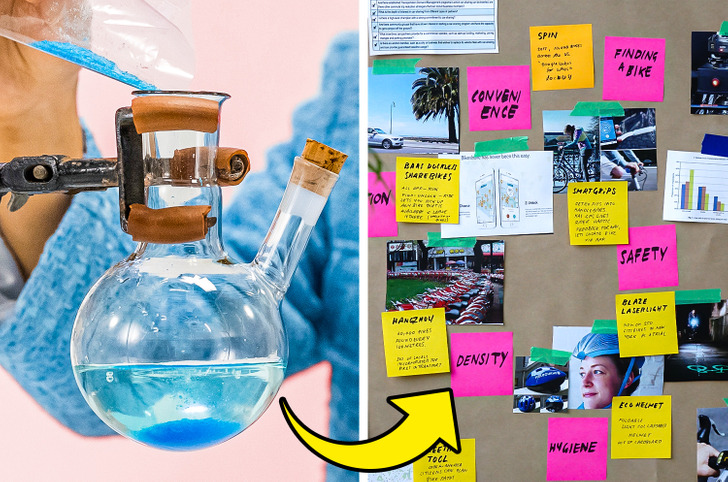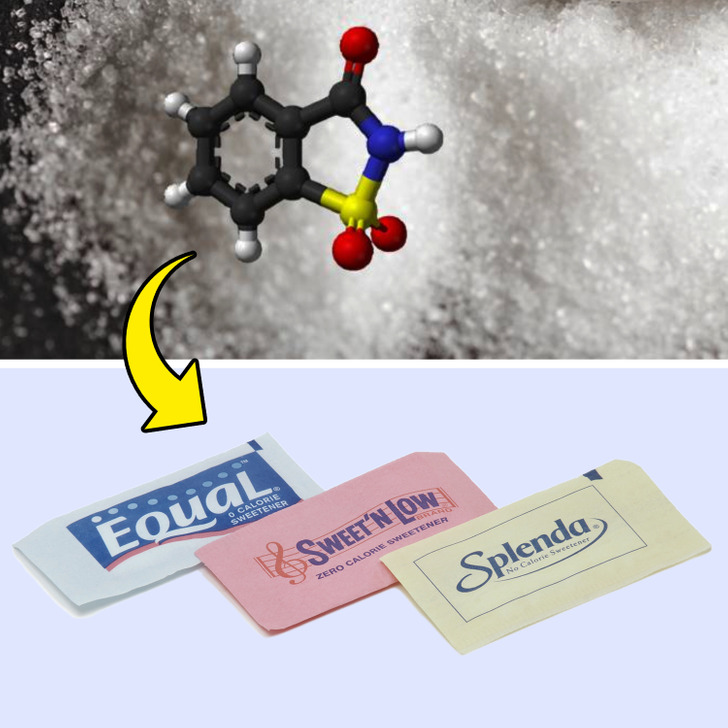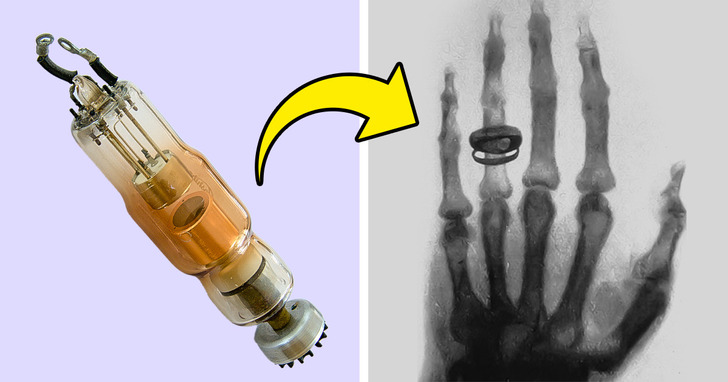11 Accidental Inventions That Changed Our Lives Forever
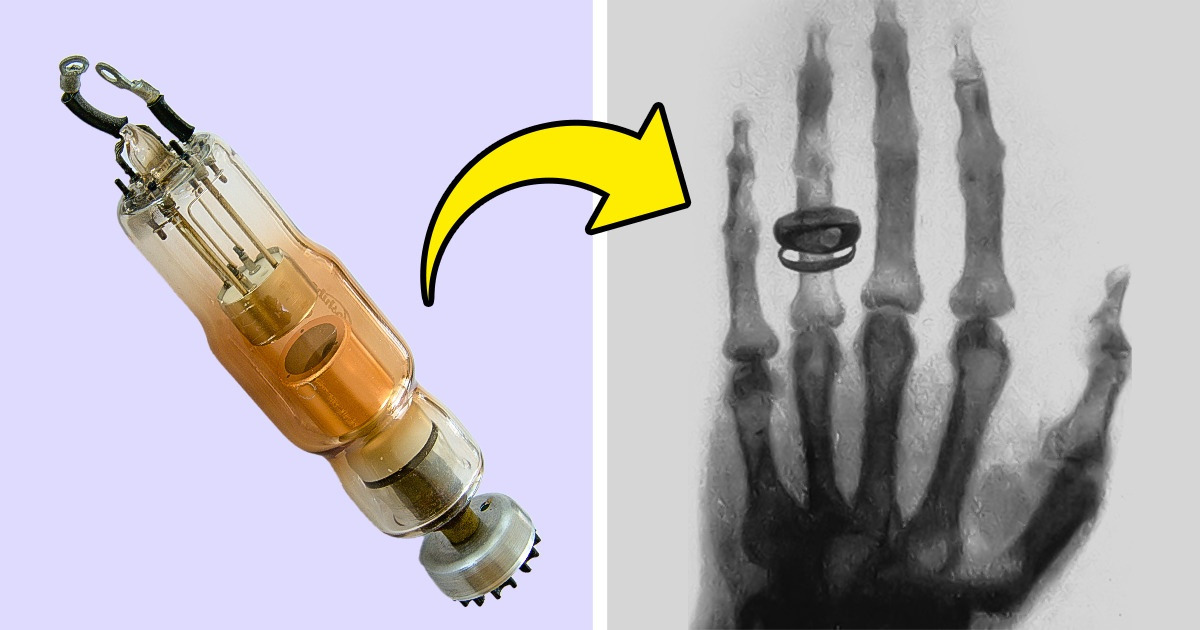
Sometimes, you don’t need to be a super genius to invent something — you just need the courage to make mistakes and a bit of luck. From coke to potato chips, Play-Doh, popsicles, chocolate chip cookies, and much more, the inventions created accidentally made our lives more convenient, colorful, and fun. 5-Minute Crafts wants to share some exciting discoveries with you that yielded unexpected results, and that’ll leave you in awe.
1. Potato chips
Invented by George Crum, a chef, in 1853 when he was working in a hotel resort in Saratoga Springs, New York. One day, he had a picky customer who found the potatoes he had made too thick and asked to have them cut a bit thinner and more fried. Crum deliberately sliced the potatoes paper thin, and salted and fried them until they were utterly crisp. Contrary to his surprise, the outcome was excellent. The customer, as well as Crum, loved them!
2. Popsicles
Invented by an 11-year-old boy named Frank Epperson in 1905. When he mixed some sugary soda powder with water in a glass and left it outside on the porch all night with a small wooden stirrer, on a day that was too cold. When he came out the following day, he discovered his first treat—frozen inside his glass like an icicle. He managed to pull his Epsicle (Epperson + icicle) using its stick. Years later, he renamed it what his children called it — Pop’s ‘sicles.
3. Slinky
Invented by Richard James, a naval mechanical engineer, in 1943 when he was trying to find a new way to stabilize machines for ships. When he accidentally knocked one of his stabilizing springs off of his table, he saw something very unique. His spring was kind of ’’walking’’ across the floor by itself. This was the moment when the toy — Slinky was born.
4. Chocolate chip cookies
Invented by Ruth Wakefield, who had a degree in household arts and was the owner of the Toll House restaurant in Whitman, Massachusetts. In the late 1930s, when she wanted to bake chocolate cookies for her guests, she didn’t know she’d run out of baker’s chocolate. Yet, she found a solution and added Nestle’s semi-sweet broken chocolate bar chunks, hoping they’d melt and blend with the batter. Thankfully they didn’t, but just softened instead and became today’s favorite chocolate chip cookies.
5. Play-Doh
Invented by Noah McVicker in the 1930s when he was trying to create a wallpaper cleaner for his family’s soap company in Ohio. After mixing flour, water, salt, and some other ingredients, he made an off-white squishy, putty-looking compound. Although it was okay for cleaning, it had other uses too. Teachers used it in arts and crafts projects as a modeling compound at schools. Years later, his nephew, Joseph, repositioned the clay-like substance invention and re-named it Play-Doh, which came in yellow, red, and blue in 1957. It’s still a fantastic toy up until today.
6. Chewing gum
Invented by John Bacon Curtis, a businessman, in 1848 when he got the idea after observing that loggers were chewing spruce resin. When experimenting with the spruce tree resin, he obtained a sticky, rubbery material, which was chewable. Adding flavoring and flavored paraffin wax to it, he developed the first commercial gum. Note that over 1,000 years before Curtis’ invention, people were already chewing the tree resin in the form of lumps of gum.
7. Post-its
Invented by Dr. Spencer Silver, a chemist, in 1968 when working on finding the most powerful heavy-duty adhesive for the aerospace industry. Things didn’t go right and he created something quite the opposite — weak, not-so-strong adhesives, which didn’t make it into a product. It wasn’t until 1974 that one of his colleagues, Arthur Fry, had a problem with his little bookmarks’ falling from the hymnal at church when singing in the choir. He suddenly remembered Silver’s invention, which became a new, bright, cute, and colorful communication method for us.
8. Artificial sweetener (saccharin)
Invented by Ira Remsen and Constantin Fahlberg in 1879 on a day when Fahlberg went home for dinner. After a bite of a piece of bread, he experienced an extreme sweet taste. He’d thoroughly washed his hands and arms, but they tasted sweet. He presumed the sweetness was from insoluble remnants of an earlier chemical spillage on his hands. So curious to find the answer, he returned to the lab and tasted all the glassware, eventually finding the substance with ’’eminent sweetening powder’’ in an overboiled beaker.
9. Vaseline
Invented by Robert Chesebrough in 1859 while working as a chemist in oil wells. One day, he noticed the oilfield workers used a sticky substance (rod wax) in oil rig pumps to heal their wounds, burns, and cuts. He took some too, and researched it in the lab. Having worked to refine it for over 5 years, he managed to produce a light-colored gel and patented it in 1865. It was initially called ’’Wonder Jelly,’’ later changed to Vaseline® Jelly, uniting the German word for water and the Greek word for oil.
10. Photograph
Joseph Nicéphore Niépce invented the first photograph in 1822 and took the oldest surviving photo in history in 1826. He partnered with Louis-Jacques Daguerre, an artist, in 1829 to better the photography process. In 1835, Daguerre put an exposed plate into his chemical cupboard when working in a dark room. He took it out a bit later and saw that the image had already been developed. He figured out later that it was the mercury vapor from a broken thermometer, which reduced the exposure time from nearly 8 hours to 30 minutes.
11. X-rays
Invented by Wilhelm Konrad Röntgen, a physicist, in 1895 when testing whether cathode rays could pass through glass. He observed a continuous glow from a chemically coated screen nearby, which should’ve stopped by then. Due to their unknown nature, he named them X-rays, a form of electromagnetic radiation like visible light but with higher energy. They can penetrate or pass through a human body. They’re used in medical diagnosis today — doctors can see inside the human body without surgery.
